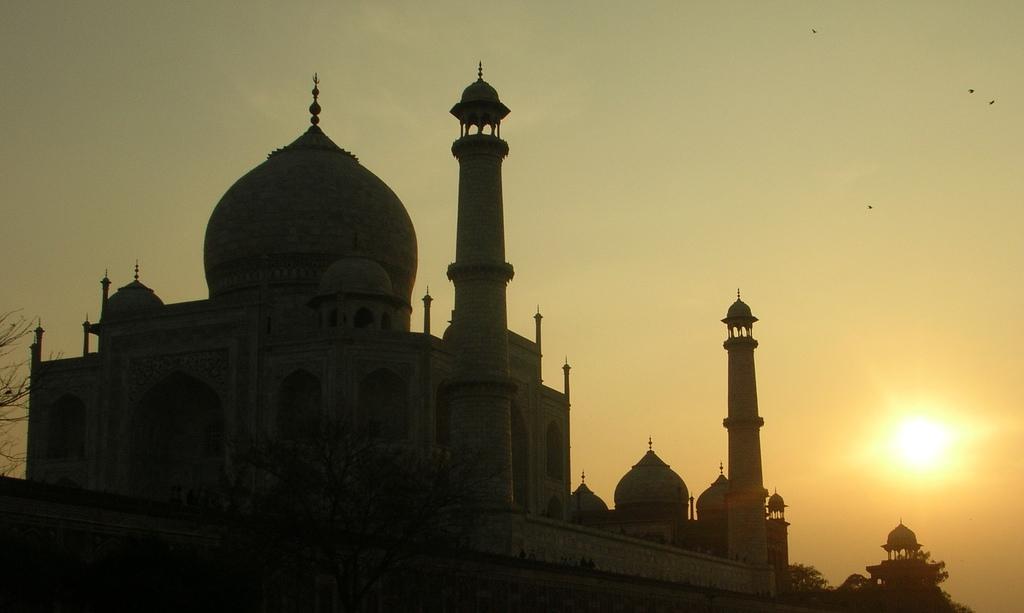
The rise of India has been trumpeted by analysts and scholars for over a decade. Dietmar Rothermund’s India the rise of an Asian giant, Mira Kamdar’s Planet India, Edward Luce’s In spite of the gods: the strange rise of modern India, Arvind Pangariya’s India the emerging giant, Robyn Meredith’s The elephant and the dragon and Brahma Chellaney’s The Asian giants: China, India and Japan are some prominent specimens amongst the recent literature proliferation on India’s global ascent.
Most hail India’s rise as a positive and constructive phenomenon for global politics. And there are good reasons to think that. Globally, India remains committed to multilateralism, the democratisation of international organisations and cooperative regional frameworks such as SAARC, ASEAN, IBSA, BRICS or BIMSTEC, to promote regional security and cooperation. Such constructive and cooperative foreign policy orientation has won enormous goodwill for India overseas. The Indian Prime Minister Manmohan Singh recently compared India’s rise to China’s, which gives to apprehension in some quarters: ‘the world takes a benign view of India’s rise…The world wants us to succeed’. The United States seems to share this view; President Obama has said that America would ‘look forward to a greater role for India on the world stage’, while US Defense Secretary Leon Panetta, described India as a ‘linchpin’ in the American strategy for Asia.
There are exceptions to this positive assessment, such as George J. Golboy and Eric Heginotham’s Chinese and Indian Strategic Behavior which, by calling India a threat to the Asia–Pacific and to the United States’ policies, might have inadvertently inflated egos of the Indian foreign and defence policy mandarins. (Ian Hall discussed other Indian responses to this work on The Strategist recently.)
Their alarmist assessment not only disputes the majority scholarly accounts of India’s rise but also overlooks India’s foreign policy behaviour and war history. It argues for a revisionist US policy approach towards India to safeguard its national interest, but at the same time labels the same policy approach by India as pursuing ‘narrow-self-interest’. Srikanth Kondapalli, an Indian academic, responds to India’s labelling as a threat by saying that ‘unlike China, India has a free press and has no irredentist designs either in the South Asian region or in others’. And history testifies to this. India hasn’t been the aggressor in any of the four wars fought since independence, and still has a large chunk of its territory under the illegal occupation of China and Pakistan. Yet, consistent with its multilateral preferences, India prefers bilateral negotiations to wars for dispute settlement.
For all that, I remain unconvinced. However, having lived in India for over 38 years and having developed first-hand an understanding of India’s deep socio-political, religious and regional faultlines, I’m sceptical about India’s future potential and global role as being portrayed. Why? For a start, 60% of Indians reside in the countryside, which thinks, lives and speaks locally and remains untouched by the mantra of ‘inclusive growth’. This is the ‘other’ India, which personifies a deeply divided, agitated and frustrated society wherein people struggle to make ends meet; which repeatedly witnesses violent conflicts over identity and resources; which is governed by archaic institutional and political structures; and is therefore completely out of sync with the image of a rising power.
If one juxtaposes the scholarly assessments of India’s future with its domestic struggles with human development, class-caste conflict, Naxalism, home-grown terrorism, governance and corruption issues and lack of basic amenities such as clean drinking water and sanitation to the majority, one wonders if we’re jumping the gun, by either underestimating India’s internal predicaments or overestimating its global potential. Its challenges and systemic ills have already begun to stifle its rise. Most of the works I referred to above make repeated passing references to these internal challenges as detrimental to India’s rise and growth, yet still fail to accord the importance they deserve in the larger picture. For them, regardless of these problems India has already risen or will soon rise, which appears a rather half-baked analysis of India’s future. A more rounded picture can be found in some recent works like Katherine Boo’s Beyond the beautiful forevers, Siddharth Deb’s The beautiful and the damned: life in the new India, Ramachandra Guha’s India after Gandhi and Rajeev Bhargava’s The promise of India’s secular democracy. These writings better capture the failings of the Indian state, which has spent awful lot of time and resources in state building but very little on nation building. This could be the undoing of India’s rise.
Ashutosh Misra is a research fellow at the ARC Centre of Excellence in Policing and Security. Image courtesy of Flickr user lamoney.